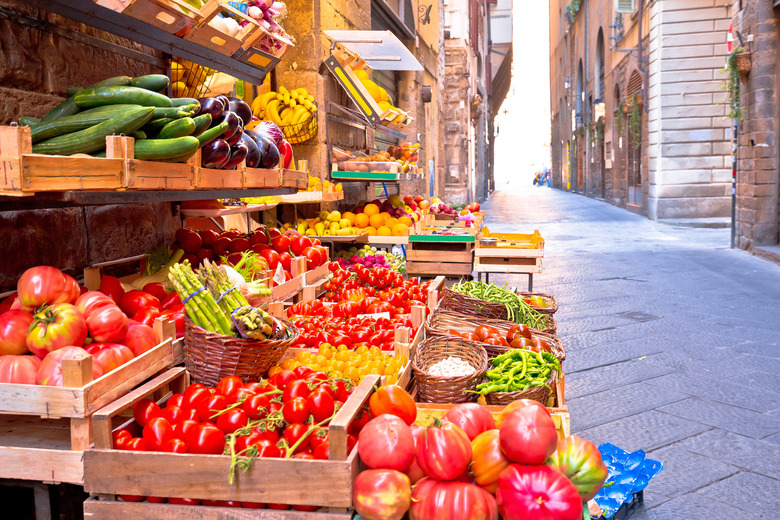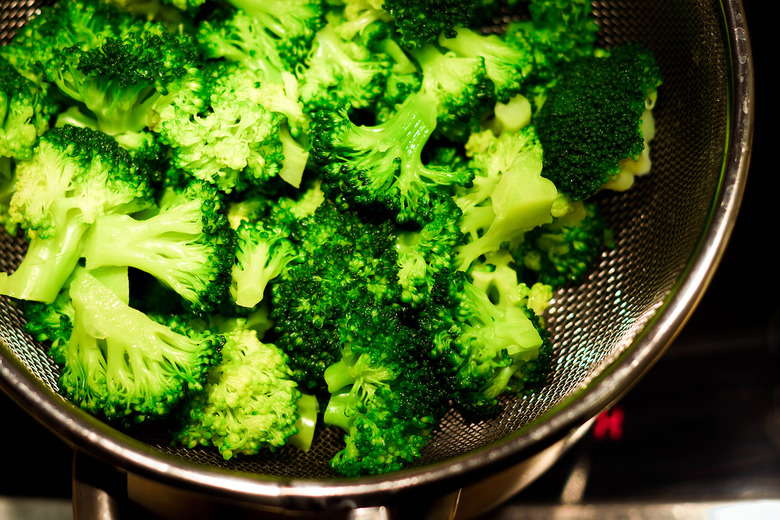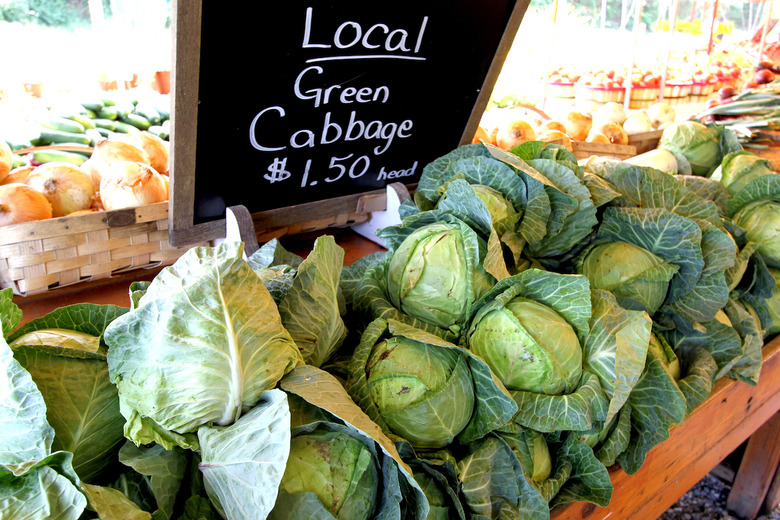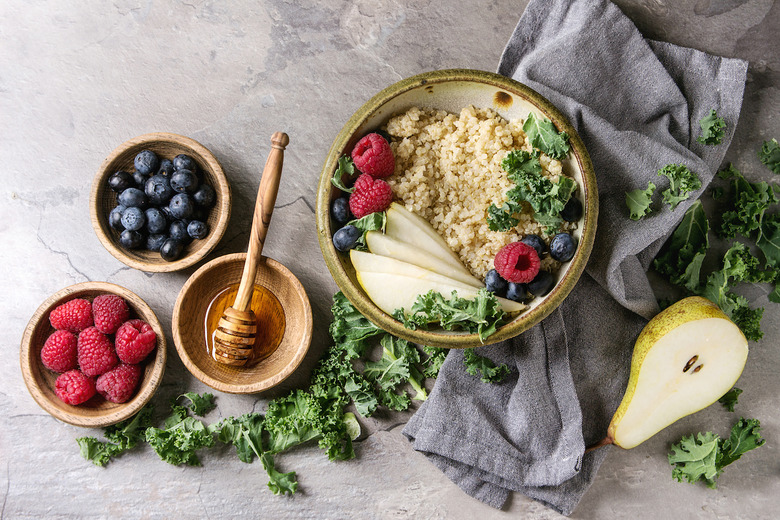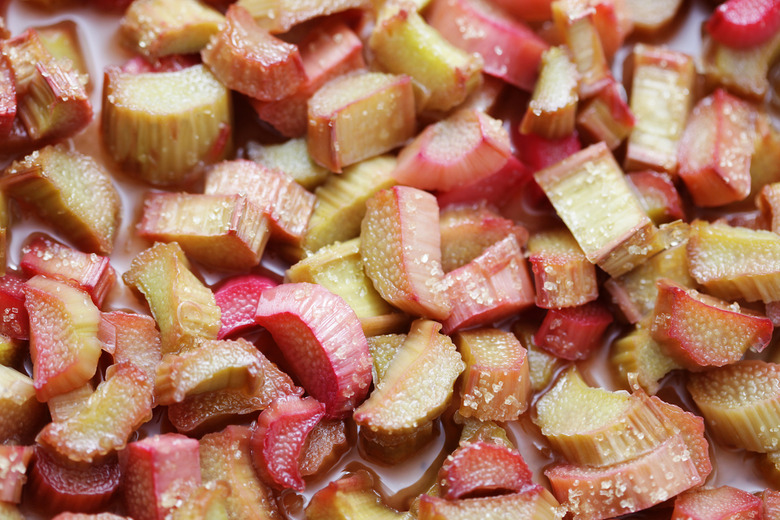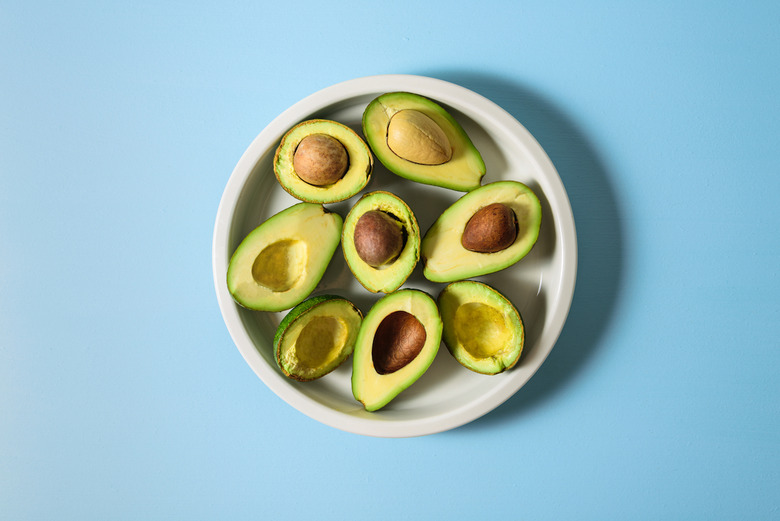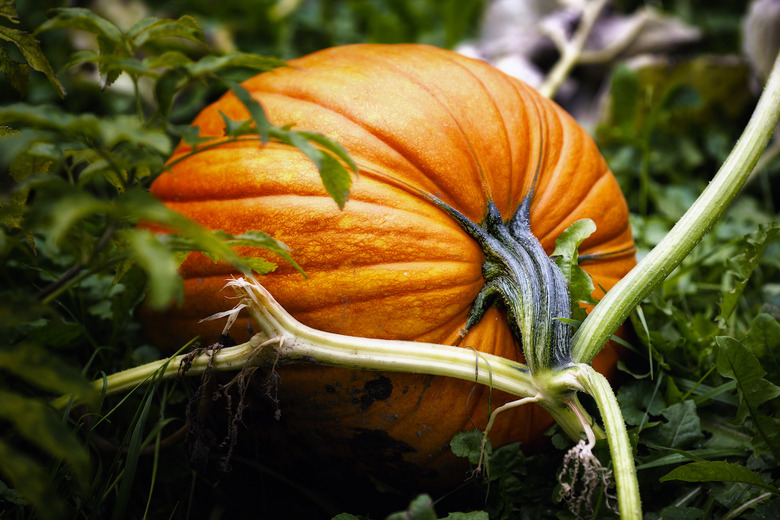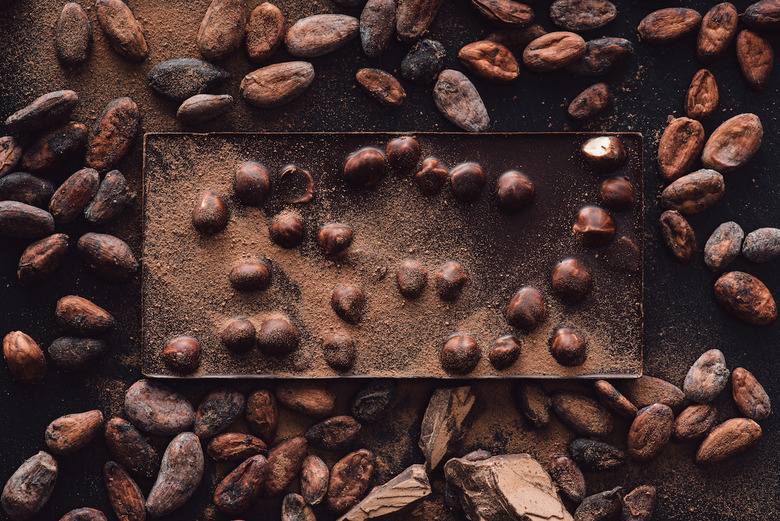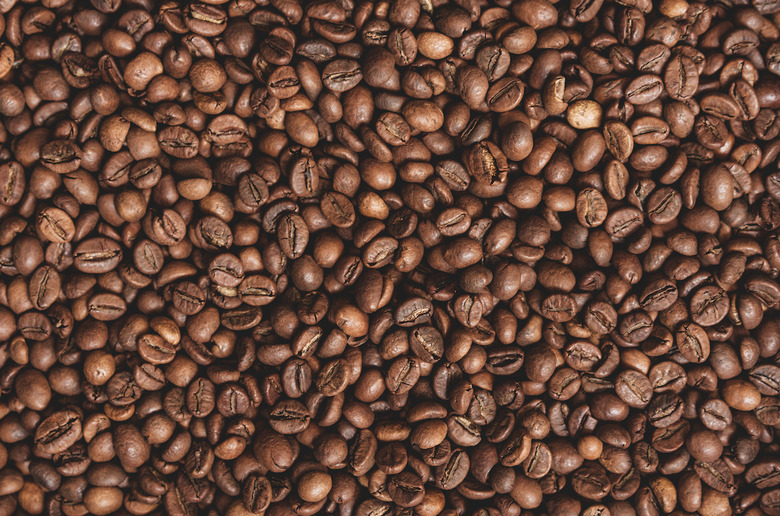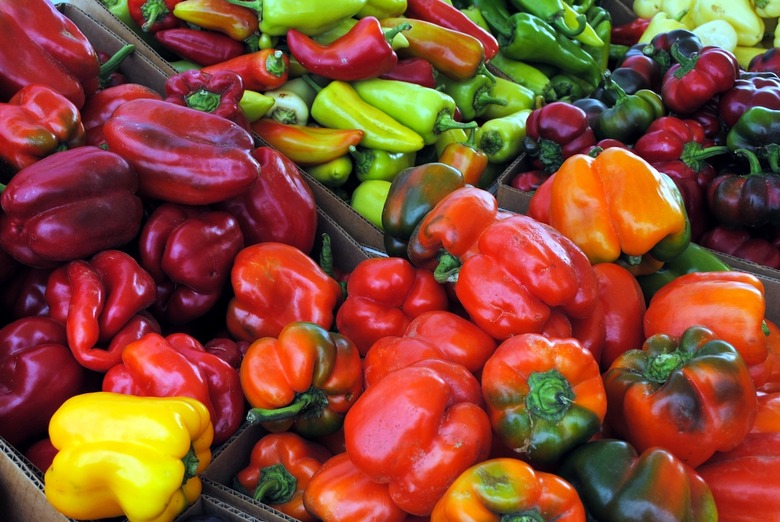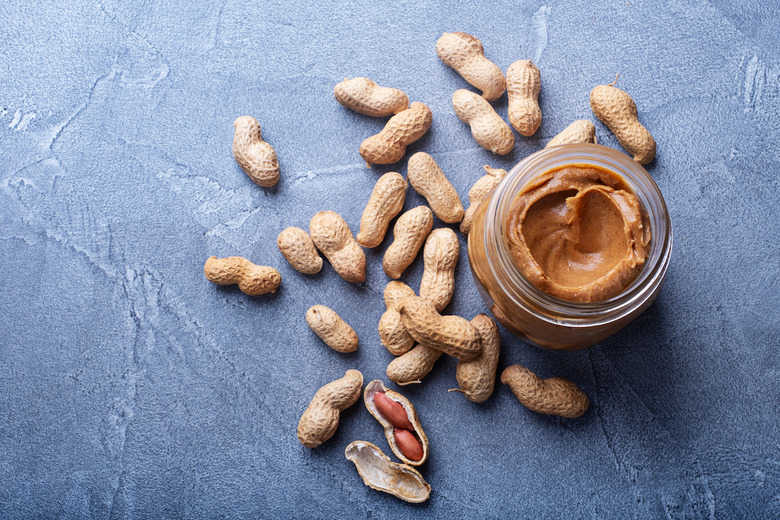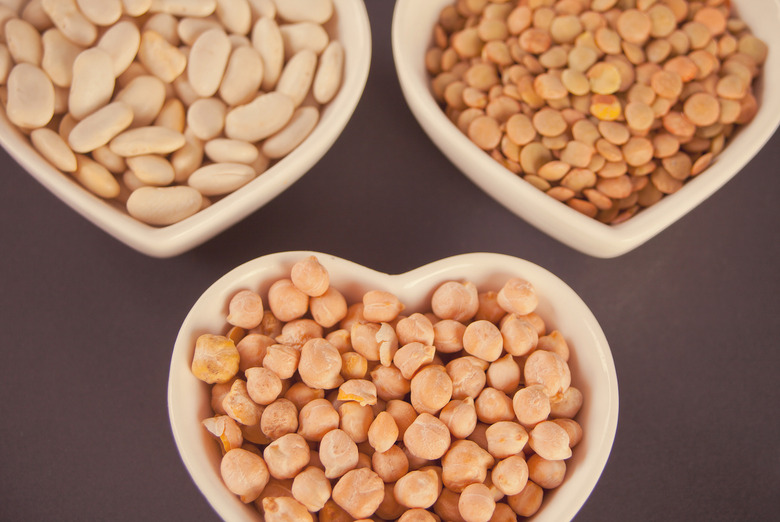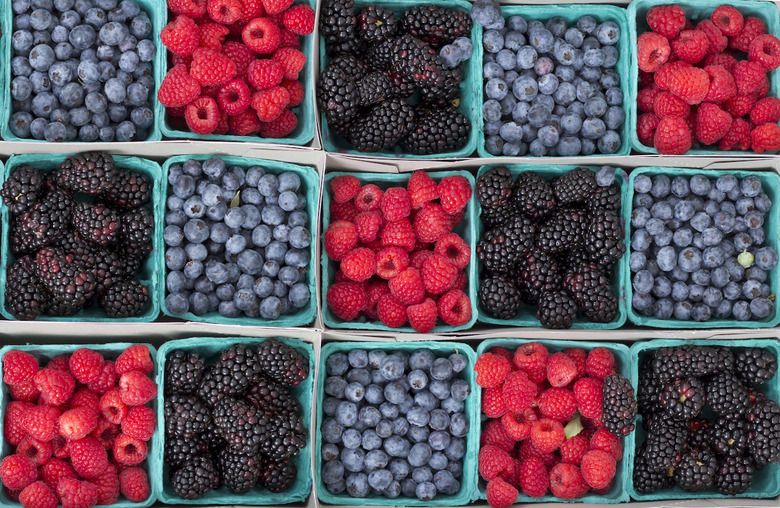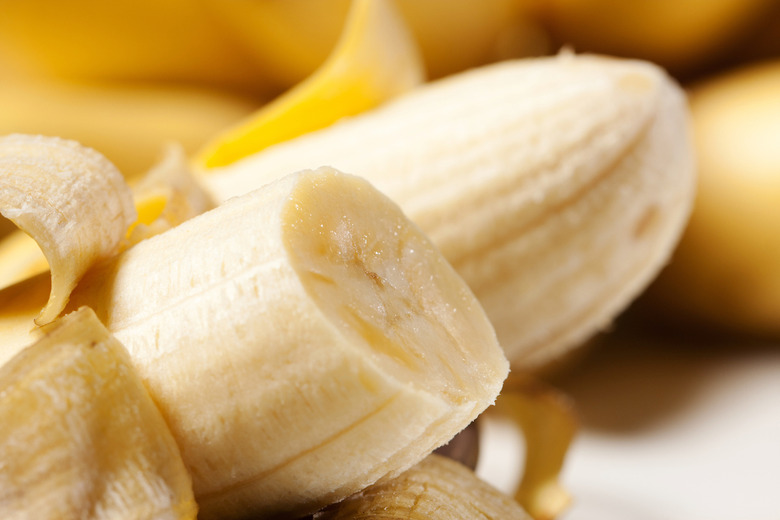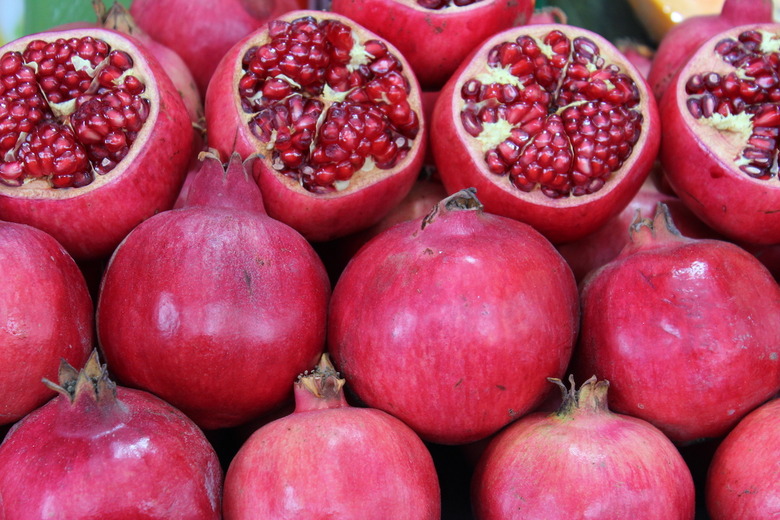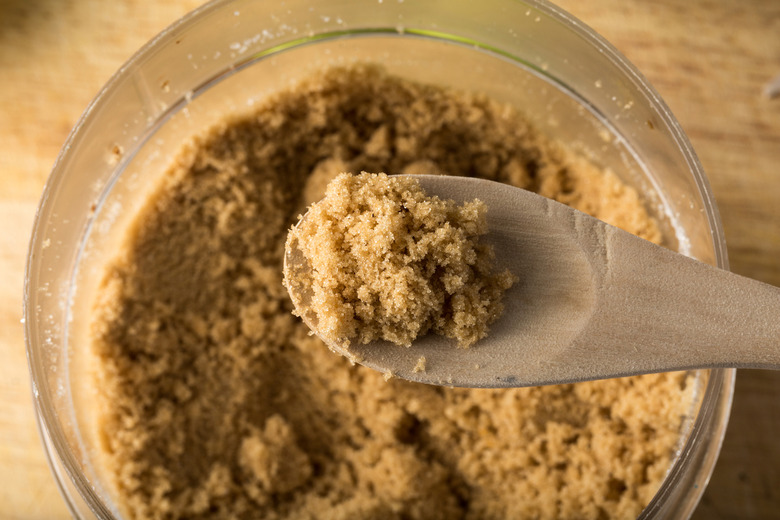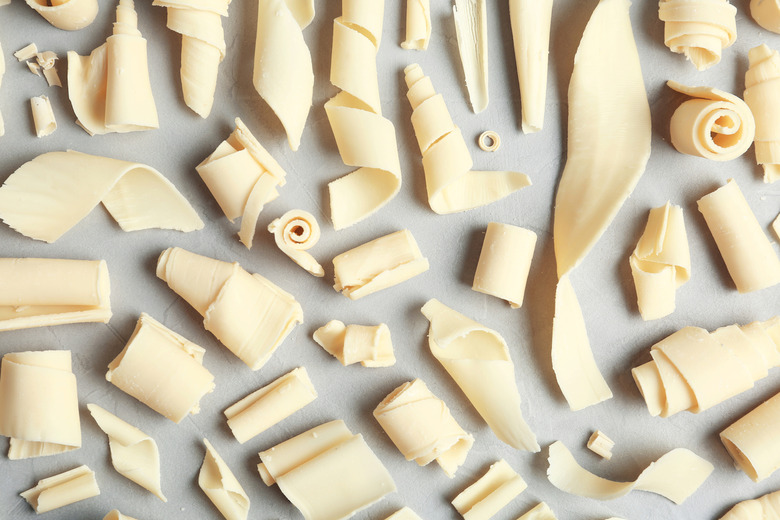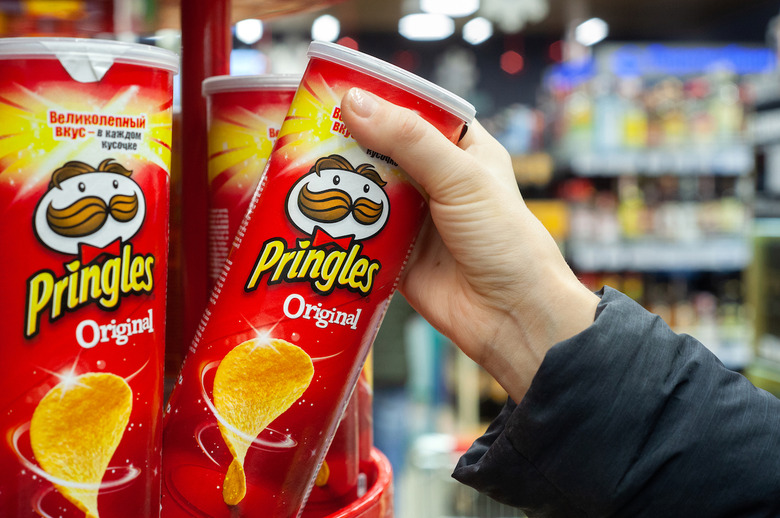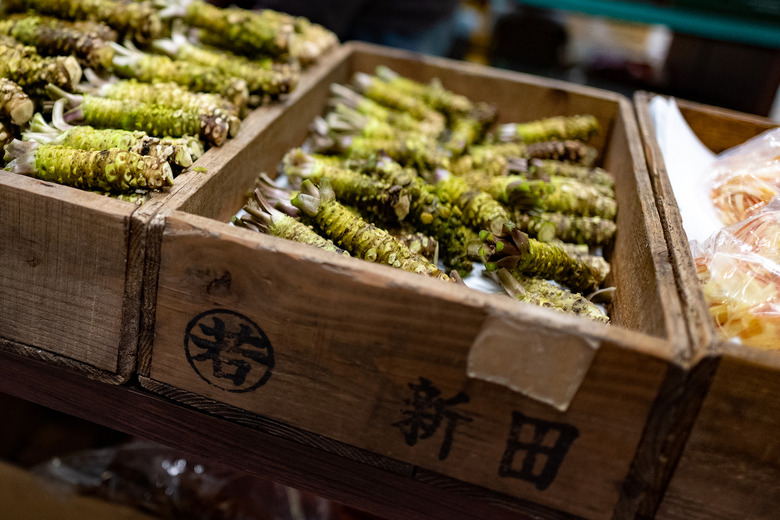Vegetables That Are Fruit And Other Common Foods That Aren't What You Think
Not everything in life is what it seems — not the avocado on your toast or the jelly in your PB&J. Whether you have mistaken a veggie for a fruit or a nut for a legume, blame your parents, school system or supermarket and let's course correct. Here are some foods that aren't what you think.
Broccoli is a flower
Yes, broccoli is a vegetable. However, this favorite springtime produce is better categorized as a flower. Vegetable is a general term for the edible portion of a herbaceous (soft-stemmed) plant. Flowers are a specific sort of vegetable, the kind whose aboveground parts are edible. In broccoli's case, the flowering stalk is harvested prior to flowering, then added to your casserole.
Cauliflower and cabbage are flowers too
Cauliflower and cabbage, just like broccoli, are flowering stalks. While these leafy foods may not fit the part of a flower, there are many other edible flowers complete with dainty petals in vibrant colors.
Quinoa is a seed
Matters complicate a bit when classifying quinoa. For one, the Whole Grain Council recognizes quinoa as a pseudocereal, a sort of grain. However, botanically speaking, quinoa is a seed harvested from a herbaceous plant, aka a vegetable. Nutritious and versatile, quinoa makes an excellent and unexpected ingredient that goes great with eggs.
Rhubarb is a vegetable
Tart rhubarb, famously paired with sweet fruits for the perfect pie filling, is no fruit at all. Instead, count the reddish, pink stalks among the veggies. But be wary, the green leaves that flower from rhubarb stalks and the roots that grow beneath are both toxic.
Avocados are fruit
Though you may be accustomed to seeing them stacked atop each other beside the veggies in the produce section, avocados would be better placed alongside their fellow exotic fruits. While vegetables refer to the edible portion of a herbaceous plant, fruits are the edible reproductive body of a seed plant. Fruits grow on a plant and help get its seeds out into the world.
Pumpkins are fruits too
Pumpkins, of Halloween and "pumpkin spice" fame, are fruit too. Like avocados, they grow on a plant and contain its seeds. In addition to furthering the plant's reproductive means, pumpkins — like other fruits — are also known to have a sweet pulp.
Cocoa beans aren’t beans, but fruit seeds
Step into any of America's best dessert shops and you'd expect to see delicacies iced, filled, glazed or dipped in chocolate. Botanically, cocoa beans, the basis of your chocolate obsession, are not beans at all. Cocoa is made of dried seeds from the fruit of a tropical evergreen tree. Beans are seeds too, however, they grow from climbing plants, not trees.
Coffee beans aren’t beans either
Whether you drink it in a latte, cappuccino or macchiato, coffee comes from a flowering shrub that grows cherry-like fruit. Each coffee cherry contains two pale seeds enclosed by pulp and an outer skin. Those seeds are harvested, dried then roasted. They are incorrectly, but more commonly known as coffee beans.
Peppers are fruits
Red, yellow or green, sweet bell peppers of all varieties are fruits, not veggies. Spicy chili peppers, like one of Texas' many official state foods, the jalepeño pepper, are fruits too.
Corn is not a vegetable but a grain and a fruit
The Whole Grains Council rightly classifies corn as a grain. However, grains are also a sort of one-seeded fruit known as caryopsis or cereal grain. In caryopses, the fruit and seed fuse together making them ideal for drying. Tip: mix canned or fresh corn kernels with your pancake batter for an instant and unexpected pancake upgrade.
Peanuts are legumes, not nuts
Despite their name, peanuts are not nuts, but legumes. A sort of vegetable, legumes are made up of various beans, lentils and peanuts. Frequently consumed as peanut butter, these legumes also fight memory loss.
Peas and chickpeas are legumes too
Like peanuts, peas and chickpeas are also a part of the legume family. Given their high nutrient content, beans and peas are counted as part of The United States Department of Agriculture protein food group too.
Strawberries, blackberries and raspberries aren’t berries
In a botanical sense, strawberries, blackberries and raspberries are fruit, yes, but not berries. Unlike berries, which are simple fruits stemming from one flower with a single ovary, strawberries, blackberries and raspberries are derived from one flower with more than one ovary. Still, do your heart a favor and snack on these non-berries and other heart-healthy foods.
Bananas are berries
In addition to being "simple," berries generally contain multiple seeds wrapped in a thin membrane surrounded by a fleshy pulp. A banana, therefore, counts as a berry — one with nearly unnoticeable seeds and a peel you can put to use as a natural cleaner at home.
So are tomatoes, kiwis and pomegranates
Using those rules, tomatoes, kiwis and pomegranates (all delicious and unusual meat marinades) are also berries. Avocado is a berry too, just one with a single seed.
Brown sugar is white sugar
Brown sugars and white sugars are both born from the same crop, the sugarcane or sugar beet plant. Refined brown sugars, the commercial sort you are used to, are most commonly made by mixing white sugar back in with a sugar-derived molasses. White sugar has an incredibly long shelf life. Brown sugar does too, but the added molasses means it is best to use it within two years.
White chocolate is not chocolate
Though sure to be spotted at your state's best chocolate shop, white chocolate holds no rightful claim to the chocolate name. Cocoa beans — those seeds harvested from tropical trees — are made up of cocoa butter and cocoa solids. White chocolate contains all butter and no solids, stripping it of the rich chocolate color.
Jelly is not jam, and jam is not jelly
When putting together the best sandwich, do not use the words jam and jelly interchangeably. Jams are made with all edible components of the fruit. Jellies are made with only the liquid contents. While jellies spread easily, jams are texturally uneven.
Pringles aren’t chips, according to Pringles
In 2009, Pringles attempted to convince a British court they were not crisps (read: chips) and therefore exempt from a certain tax. The court did not rule in the non-chip's favor. Chip or no chip, count these crisps among foods and drinks putting your blood pressure through the roof.
Wasabi is most likely not wasabi
Wasabi's flavor is temperamental. It loses its kick minutes after being grated. You likely would not know though. Chances are you have never tried the real deal. Cultivating wasabi is costly and labor-intensive, so instead, you are, unless at an ultra-luxe restaurant, probably eating a mixture of horseradish, mustard and food coloring. Whether or not you consider that fact fun, that's just one of many weird food facts to know.
More From The Daily Meal
Things You Didn't Know Caffeine Does to Your Body
The Best All-You-Can-Eat Deal in Every State
Cooking Tips, Hacks and Tricks Your Grandma Knew
